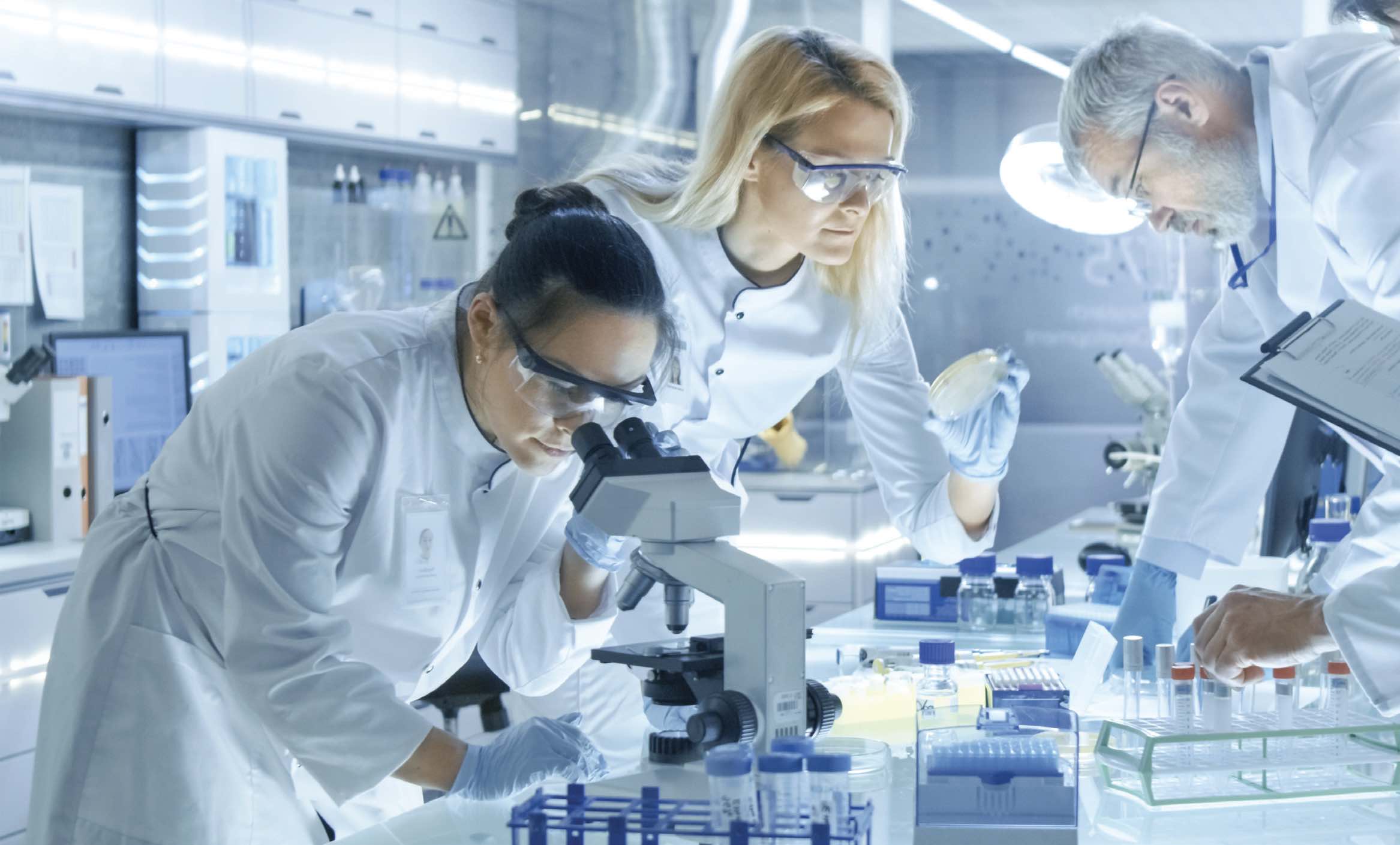We learn more in teams
By Dr. Selim Erhan, TLT Editor | TLT From the Editor October 2023
There is a lot to learn from each other as each area has very unique issues and needs.

In my current job I am looking at applying chemistries that we have into application areas that may need them. The areas we cover are quite diverse—metalworking, grease, dust control, rubber, polymers, plastics, asphalt, oil fields, agriculture and the list goes on. Of course, there is a lot to learn as each area has very unique issues and needs.
Fortunately the solutions are not always very complicated because at the molecular level, interactions are very precise. Carboxylic acids do not care if they are used in mining or metalworking fluids or personal care. They do what carboxylic acids do, and so do all the other molecules. It is very satisfying to balance these interactions to get the desired results. This journey is always useful even when a good outcome cannot be reached, because we always learn so much with every project. It is sad to see that so much information is lost, because most of the time we cannot attend multiple conferences, nor have time to read several publications from different areas.
Even sometimes instruments that are developed in one area are perfectly suitable to be used in other areas. Surface interaction in dust control, mining and drilling are very similar to each other. A lubricant’s behavior on drilling bits in oil fields is similar to its behavior on cutting tools in metalworking. Surface film thickness studies are useful for engine oil additives and greases. A fluid’s internal friction in engine oils is similar to the turbulence of fluids during flow back in hydraulic fracturing. Surfactants that are used in downhole drilling that are heat stable also may be useful in high temperature applications in metalworking formulations. I would recommend looking at the websites of additive manufacturers. Most large companies list very diverse applications areas for their chemistries. If one finds that similar products can be used in different areas, it may be beneficial to look at the literature that comes out in those areas’ magazines or conferences. The experience of people in these fields also can help solve our problems.
This search does not have to be solo. We could discuss experiences with other members of our teams. Most people have worked at several different jobs and will be happy to contribute to a solution. Another advantage of working in teams is that it enables us to keep a 360-degree view while moving a project forward. In the professional world where reasonable results are expected in reasonable times, one must strike a balance between the expected outcome, the cost, health and safety requirements, registration issues, the strength of the competition, the support from manufacturing and sales, logistic costs and even the political environment.
Being a chemist and dealing in the molecular world, one often gets lost in the excitement when the project starts— especially when it is moving forward as planned. This phase takes a long time, and if we do not surface once in a while and look where we are, we may get disappointed when one of the other branches cannot support the project. In my experience the best project management strategy is to start as a team from the very beginning. As soon as the idea appears, if a careful analysis of manufacturing, sales support, logistics, cost and competition are evaluated and the team is constructed with members of these branches, the team meetings become very productive. Team members not only help with their contributions but also remind others of upcoming problems or limitations. Another advantage is that the learning also is shared, and all team members benefit and grow even in unsuccessful attempts.
Dr. Selim Erhan is director of business development for Process Oils Inc. in Trout Valley, Ill. You can reach him at serhan@processoilsinc.com.